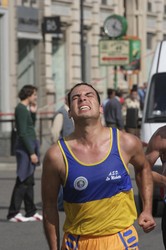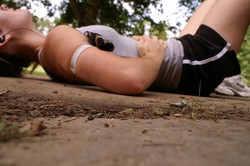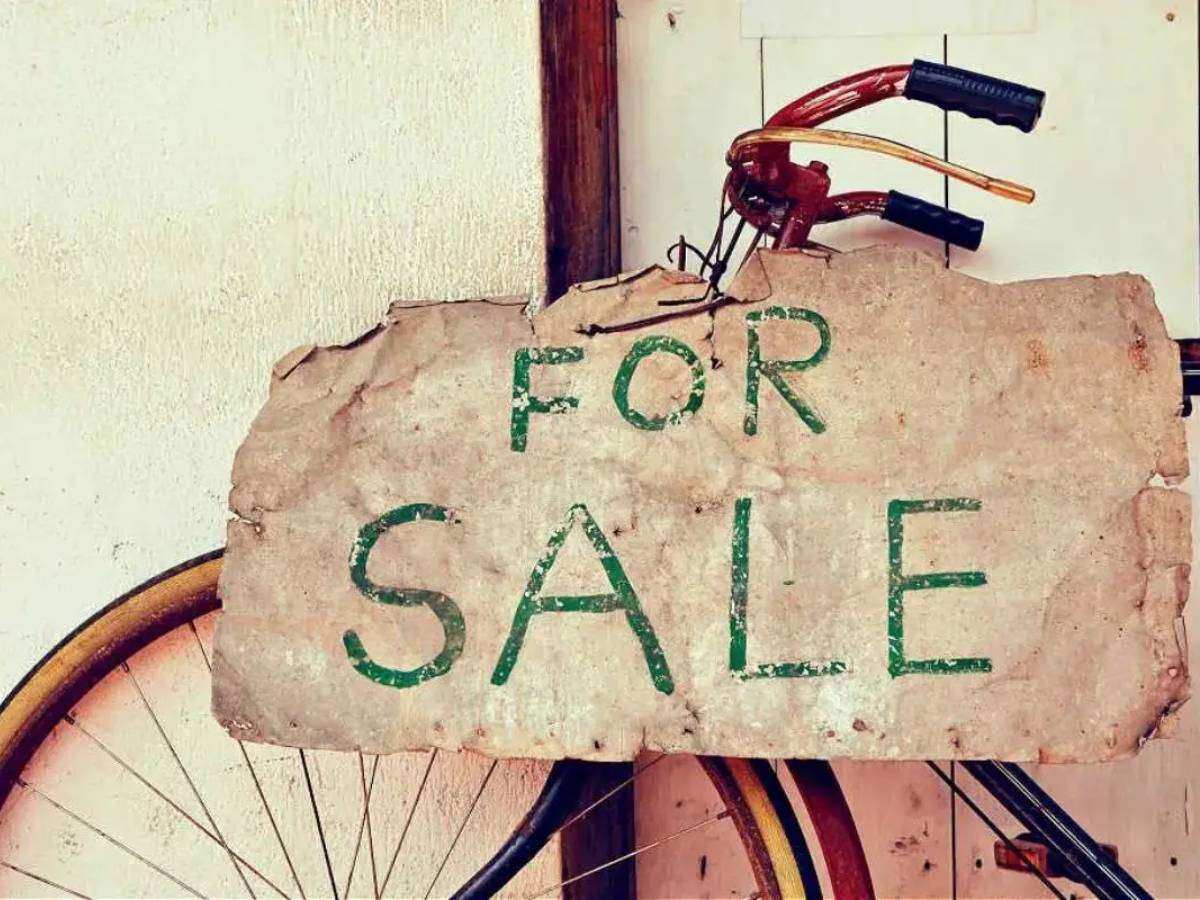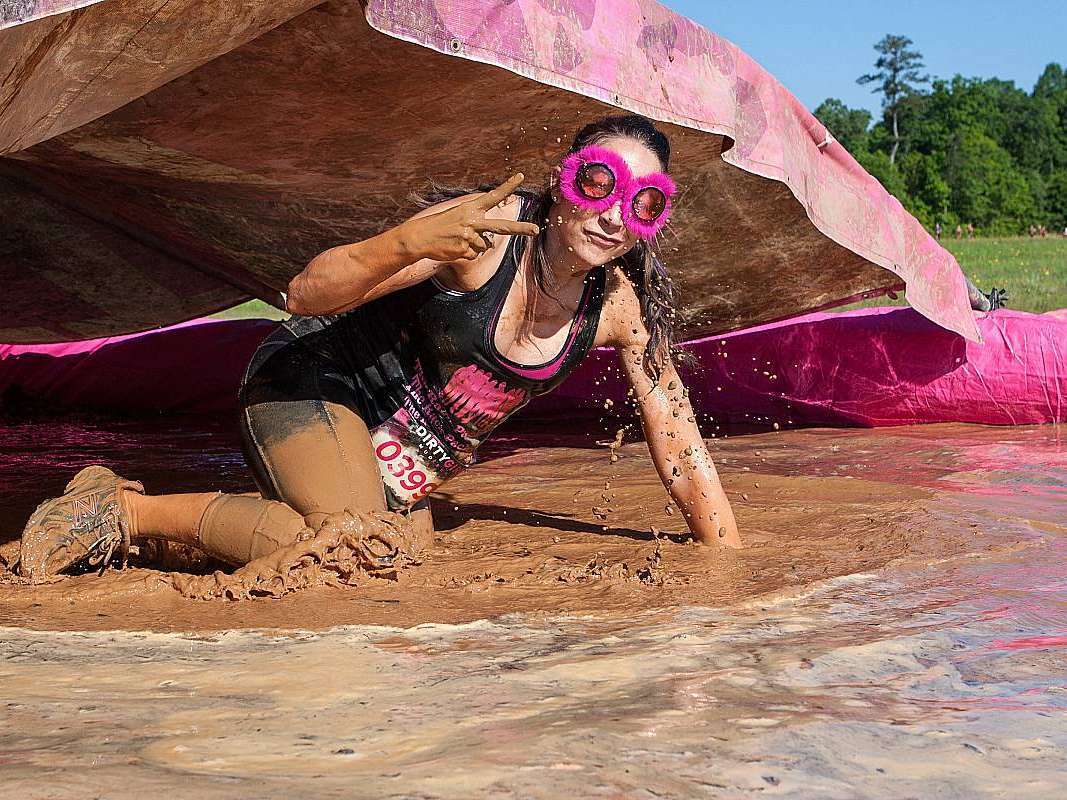 Every triathlete dreads the ‘c’ word: cramps!
Every triathlete dreads the ‘c’ word: cramps!
In addition to being excruciatingly painful, a muscle cramp could feasibly prevent you from finishing a race you have trained a long time to compete in.
I’ve experienced cramps in my feet and toes while swimming, my groin while biking, and my calves and hamstrings while running.
Though cramps can come during the swim or bike portion, they are more common during the run since a person is more susceptible to fatigue or dehydration nearing the latter states of a triathlon.
A muscle cramp is defined as a painful, spasmodic, involuntary contraction of muscle that occurs during or after exercise.
Cramps can result in intense pain and leave you temporarily unable to use the affected muscles.
What Causes Muscle Cramps?
There are a variety of causes of muscle cramps that relate to a triathlete:
- Muscle overuse, strain, or fatigue
- Dehydration
- Improper nutrition
- Heat stress
- Low sodium
- Holding a position for a prolonged period of time
Studies done with endurance athletes indicate that the following factors increase one’s risk for exercise associated muscle cramps:
- older age of the athlete
- longer endurance sport history
- higher Body-Mass Index (BMI)
- less time spent stretching
- irregular stretching habits
- family history of muscle cramps
It once was a common assumption that dehydration or electrolyte imbalance was the main cause for muscle cramps. In more recent years, this assumption has been questioned and other theories are emerging with further research. For example, poor posture and faulty biomechanics have been identified as a common cause of muscle cramps.
Built into our tendons are strain gauges known as Golgi tendon organs, which help prevent muscle tears. When all is well, these organs help a stressed muscle to relax while working. It is believed that poor movement patterns hinder the activity of the Golgi tendon organs, causing muscle cramps.
Muscle Cramp Prevention & Management For Triathletes
As you can see, a number of factors can be the cause of muscle camps. Your best bet is to break down the issue of muscle cramps into the following 2 categories:
#1 Muscle Cramp Prevention
As part of your triathlon training plan, be sure you are allowing for adequate recovery and rest for muscles after hard training sessions and races.
Incorporate a strength training component into your annual triathlon training plan. Stronger muscles are more resilient to fatigue and cramp.
A regular stretching routine is also a critical factor in remaining cramp-free.
Pay attention to the biomechanics of swimming, biking, and running, and work on your technique. It never hurts to ask someone who knows to evaluate the mechanics and efficiency of your swimming, biking, and running technique.
Maintain a proper nutrition and hydration plan.
#2 Race-Specific Cramp Management
Adequately prepare for your triathlon. Be sure you have covered your event distances in training sessions, as well as race-like intensity levels. Train in race-specific conditions such as warmer weather.
Take time to stretch. You should pay particular attention to the muscles that are most prone to cramping. Stretch those muscles gently but thoroughly.
Be cautious when changing speed or intensity especially during the later stages of a race. Fatigued muscles take longer to adapt to increased workloads.
Be careful when changing directions quickly and try to avoid unusual movements that can trigger cramps.
Wear comfortable, non-restrictive clothing and footwear. Loose comfortable clothes are best. Tight fitting clothes can reduce blood flow to mus
cles making them more susceptible to cramps.
Stay well hydrated by drinking appropriate amounts of fluid. Sports drinks are a good option as they help to replace sodium losses, especially when sweating at high rates.
Even if you do all you can on the prevention side, it’s likely at some point you are going to get a cramp in a training session or a triathlon race. It’s likely a cramp will require you to monetarily stop or reduce the intensity level of your exercise.
Passive stretching of the shortened muscle is the most effective treatment. Alternately squeezing and releasing the cramped muscle with your hand may help. This mechanical kneading restores blood flow and generally helps relax the spasm and tightness.
 Many people experience a painful rib stitch or side stitch during the run portion of a triathlon. Normally, a stitch is the result of shallow breathing, and will go away by changing your breathing pattern. People often find that briefly raising their arms above their head to open up their chest and lungs helps.
Many people experience a painful rib stitch or side stitch during the run portion of a triathlon. Normally, a stitch is the result of shallow breathing, and will go away by changing your breathing pattern. People often find that briefly raising their arms above their head to open up their chest and lungs helps.
If you happen to get a cramp in your toes or feet while swimming, an old home remedy that many triathletes swear by is pinching or biting your upper lip. There are two possible reasons why this is so. The upper lip may be a pressure point that helps relax the muscle. Or it simply may be that the pain of the pinch distracts you from the pain of the cramp until it releases on its own. Pointing your toes back toward your chin is another way to halt a leg cramp while swimming.
If you have any additional suggestions on how to deal with cramps, please leave a comment. Thanks!



